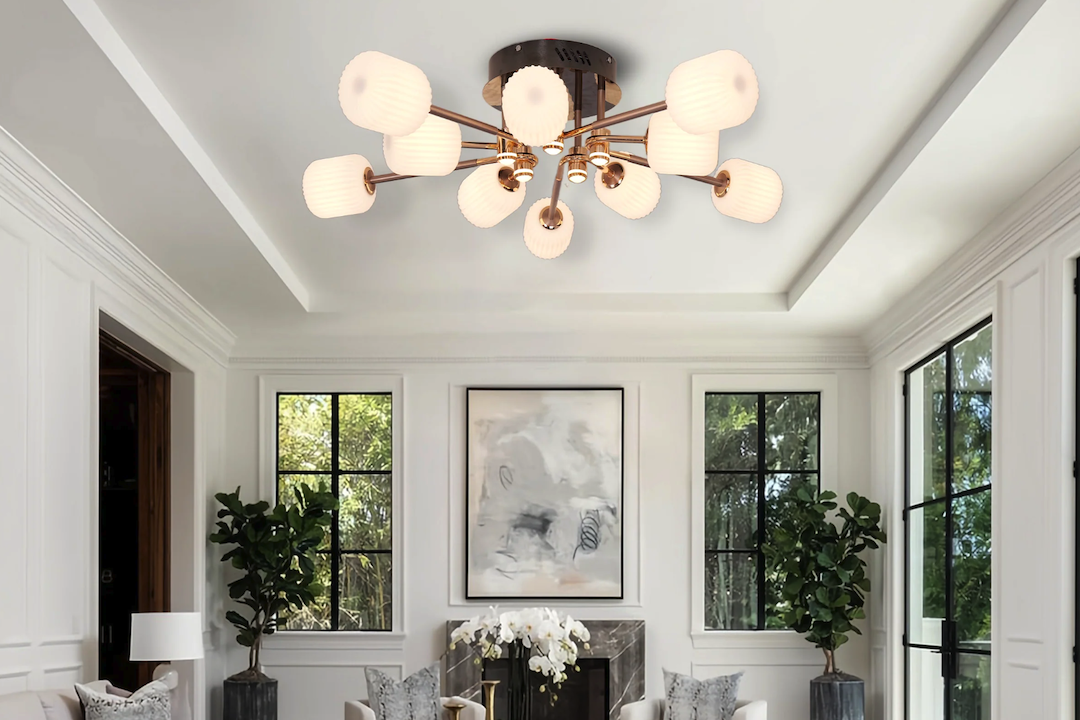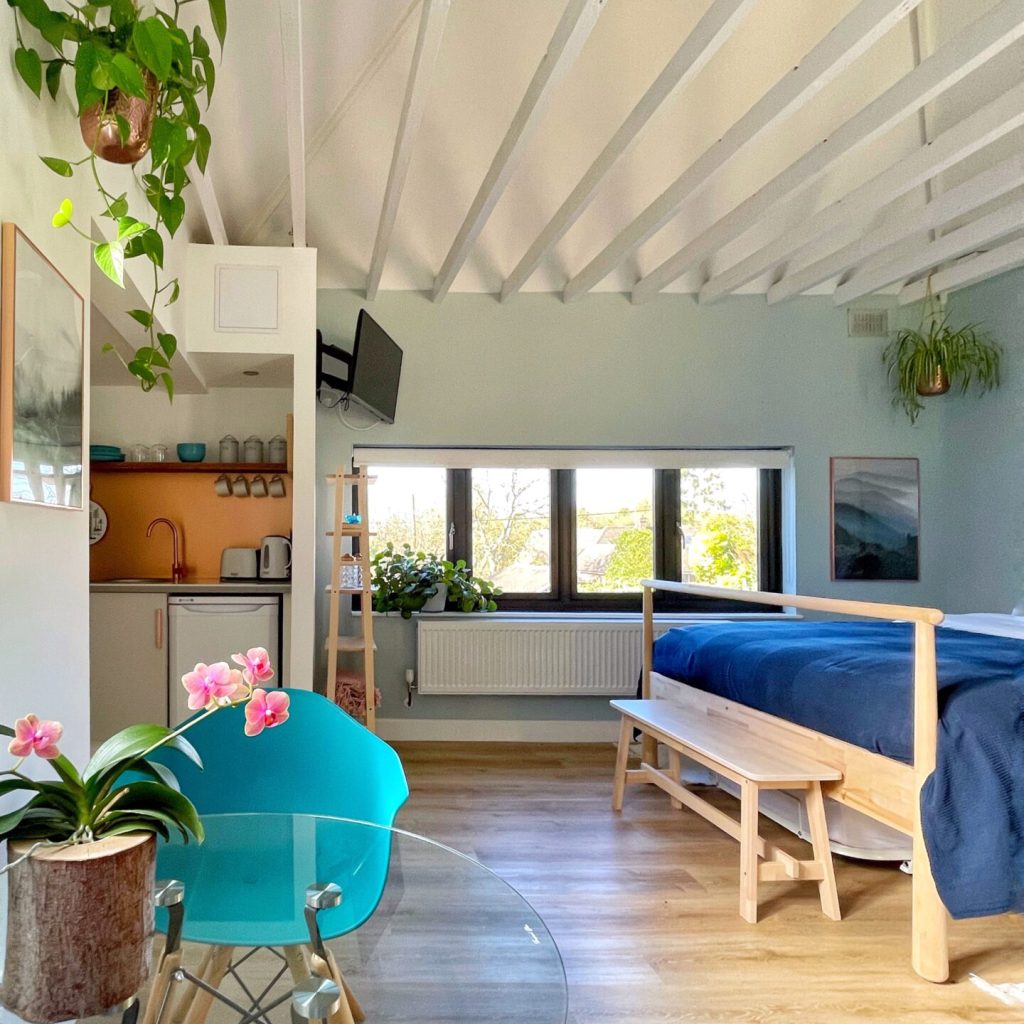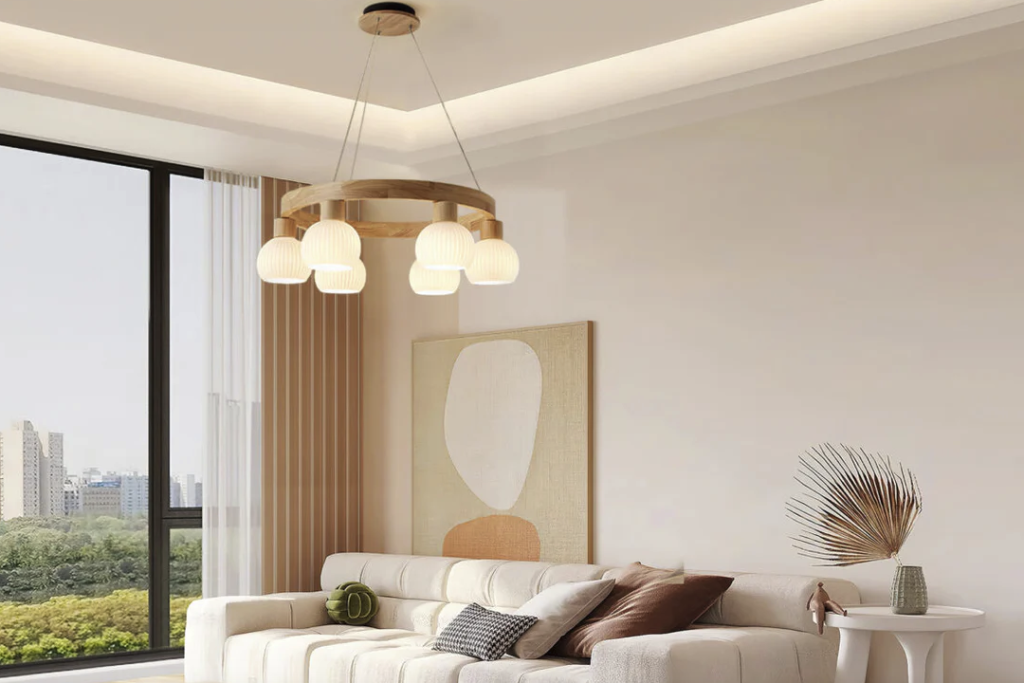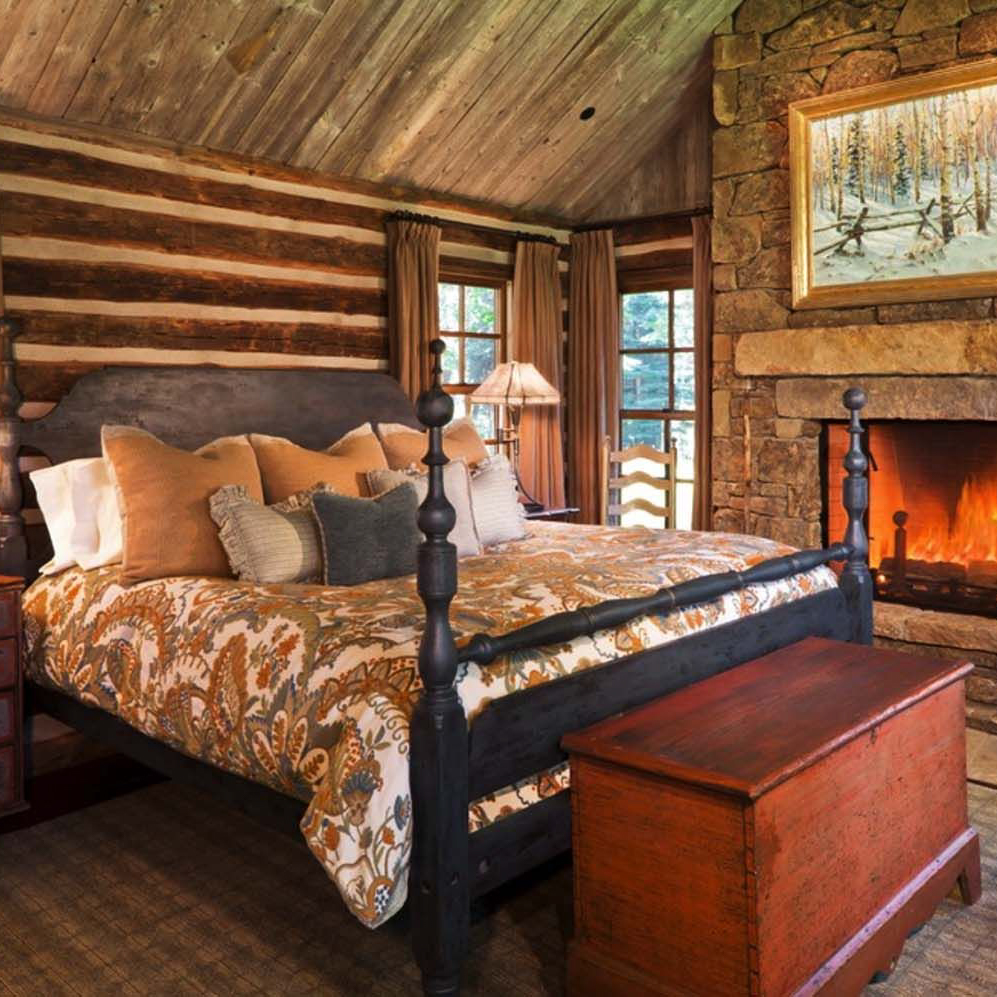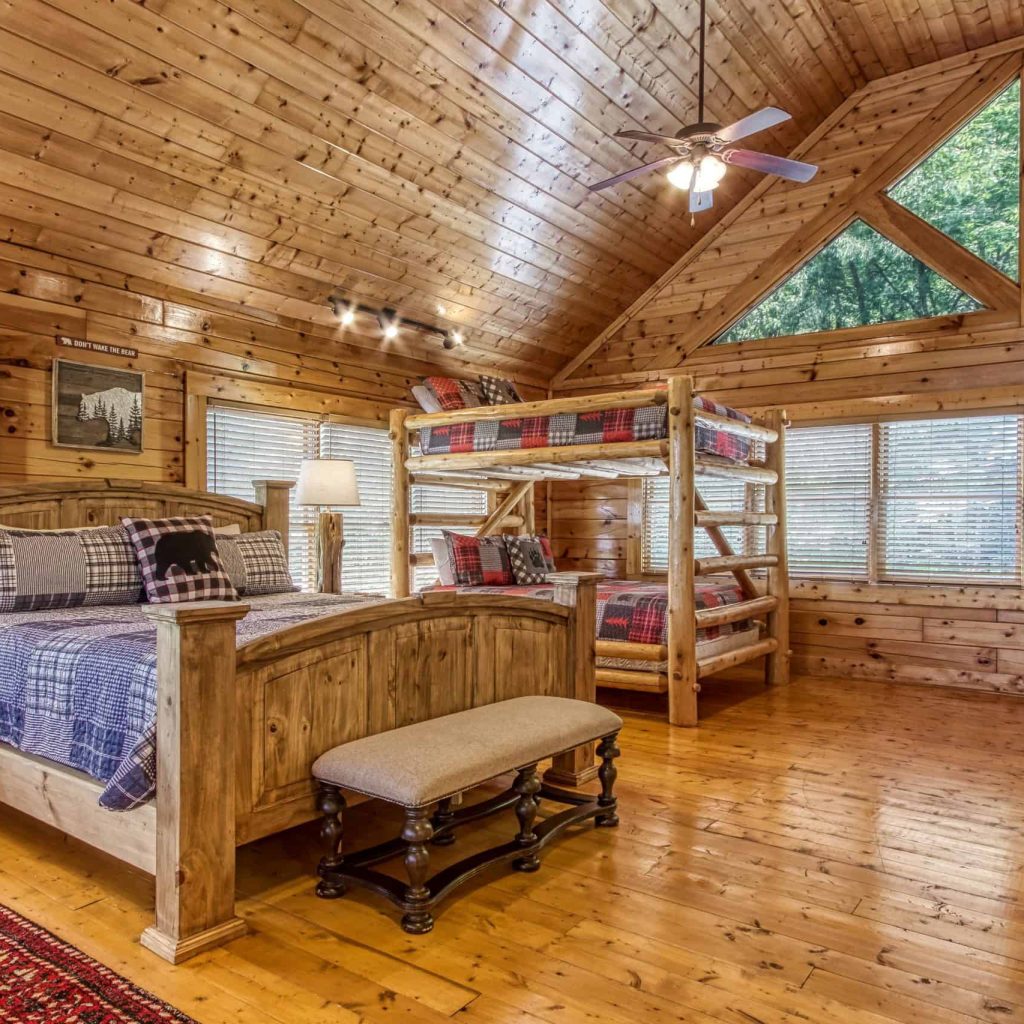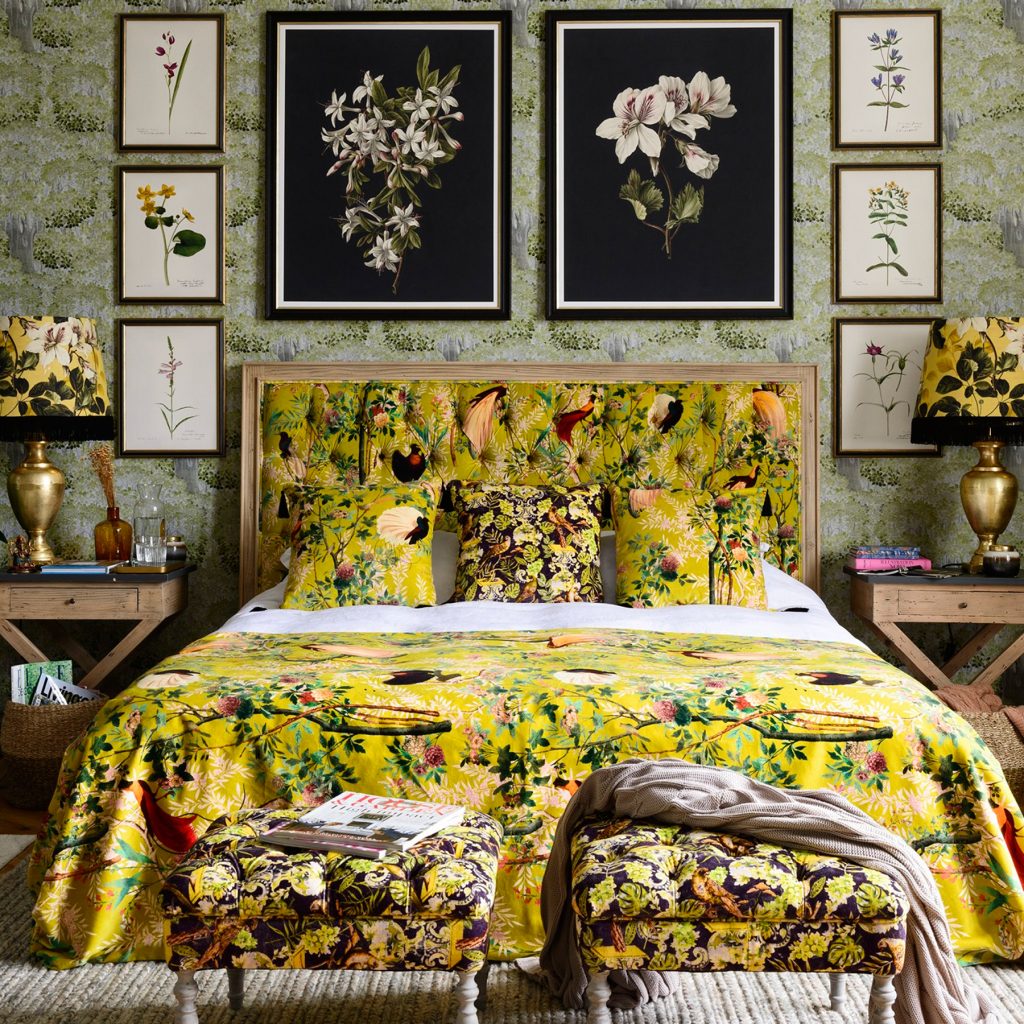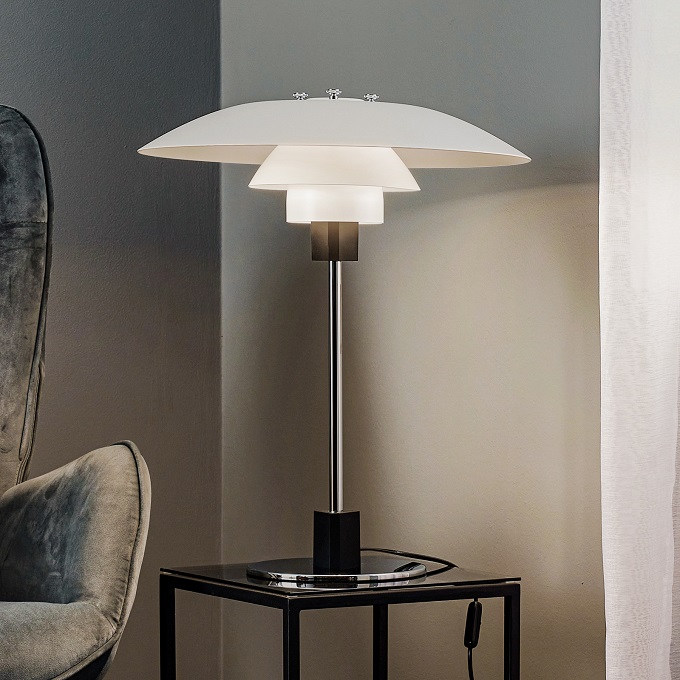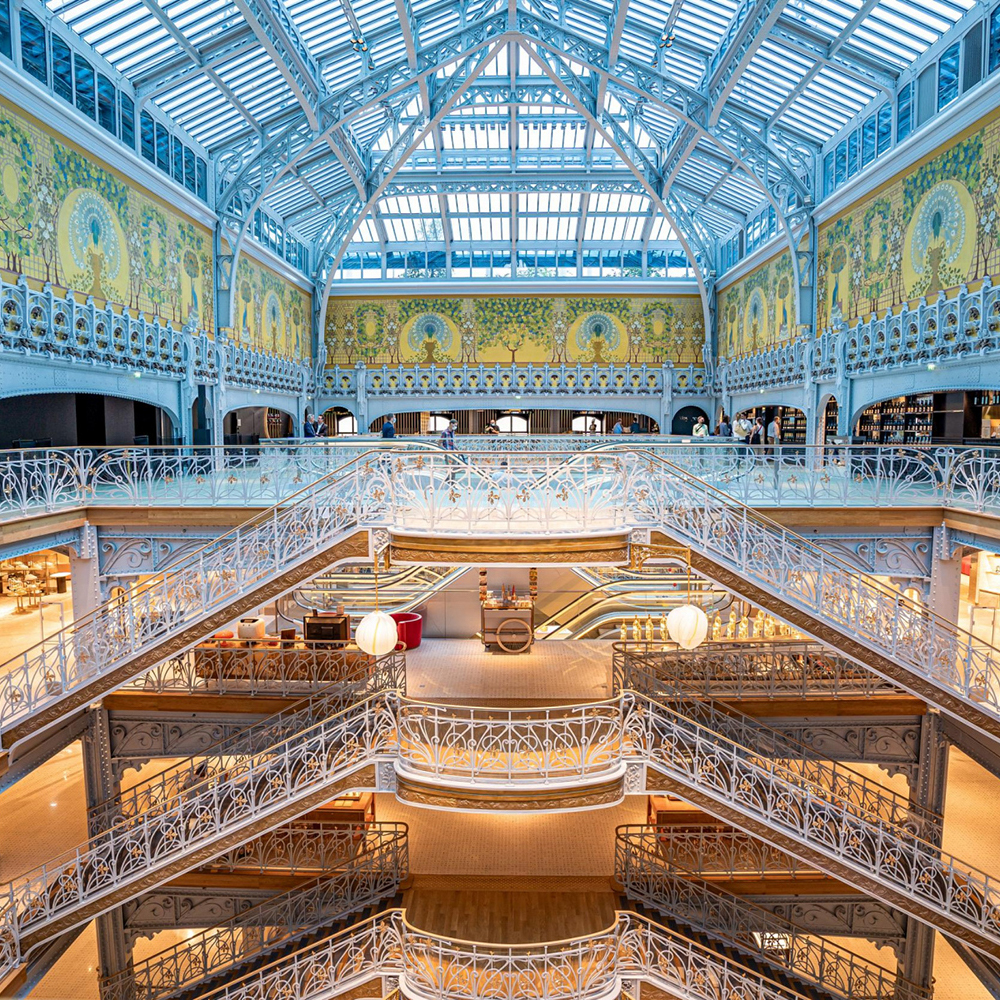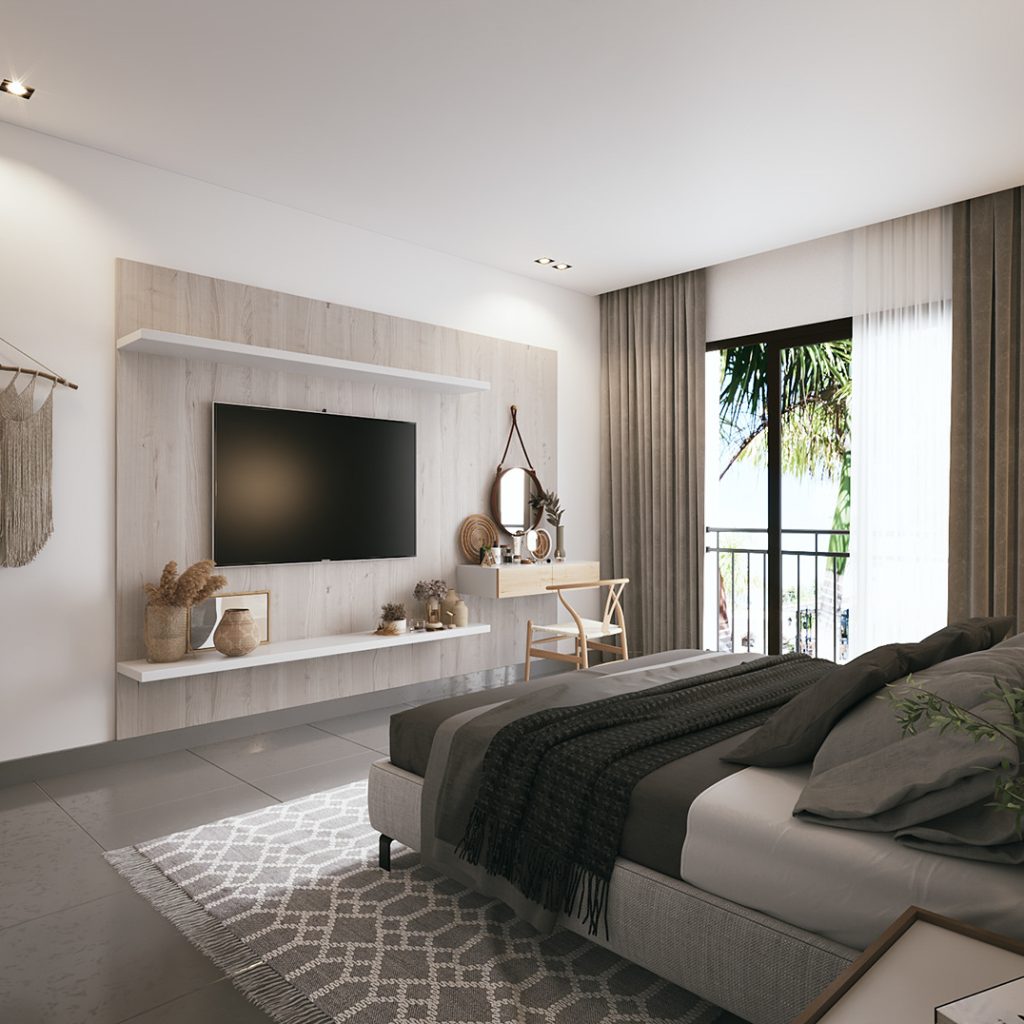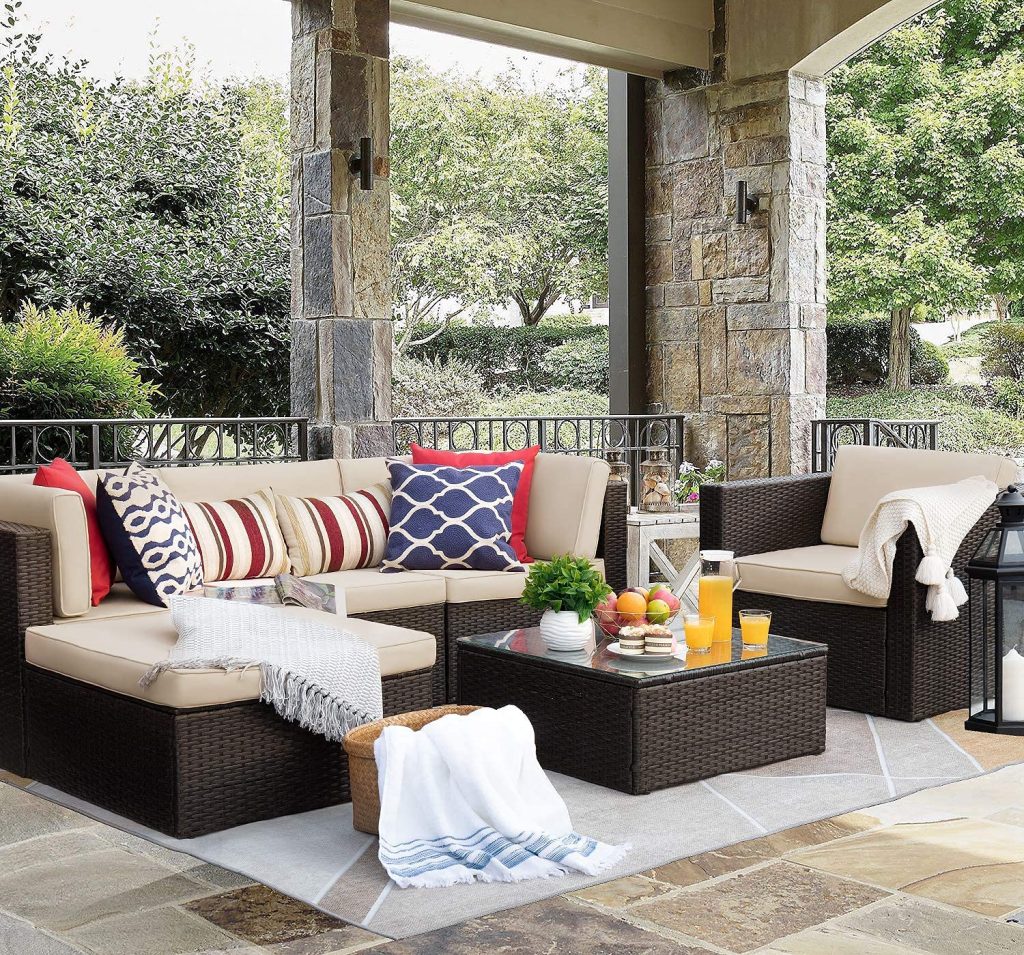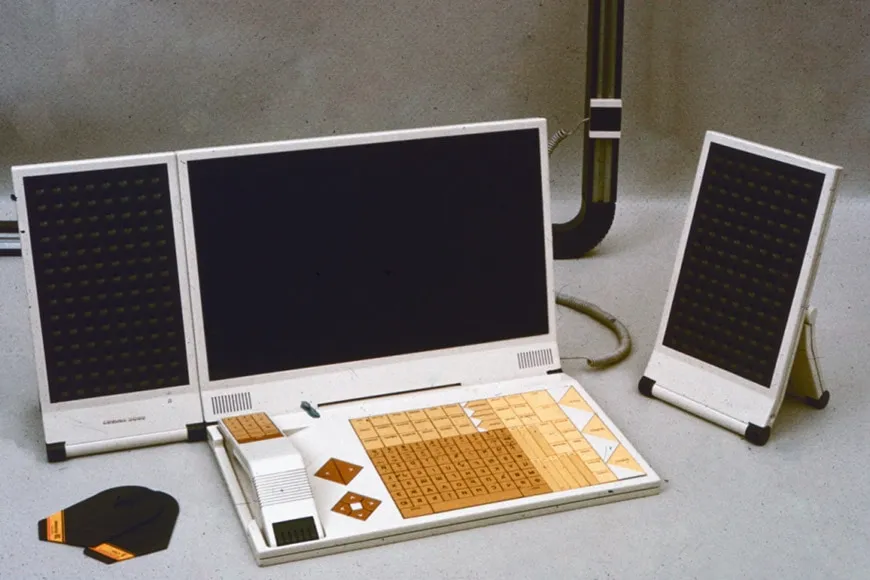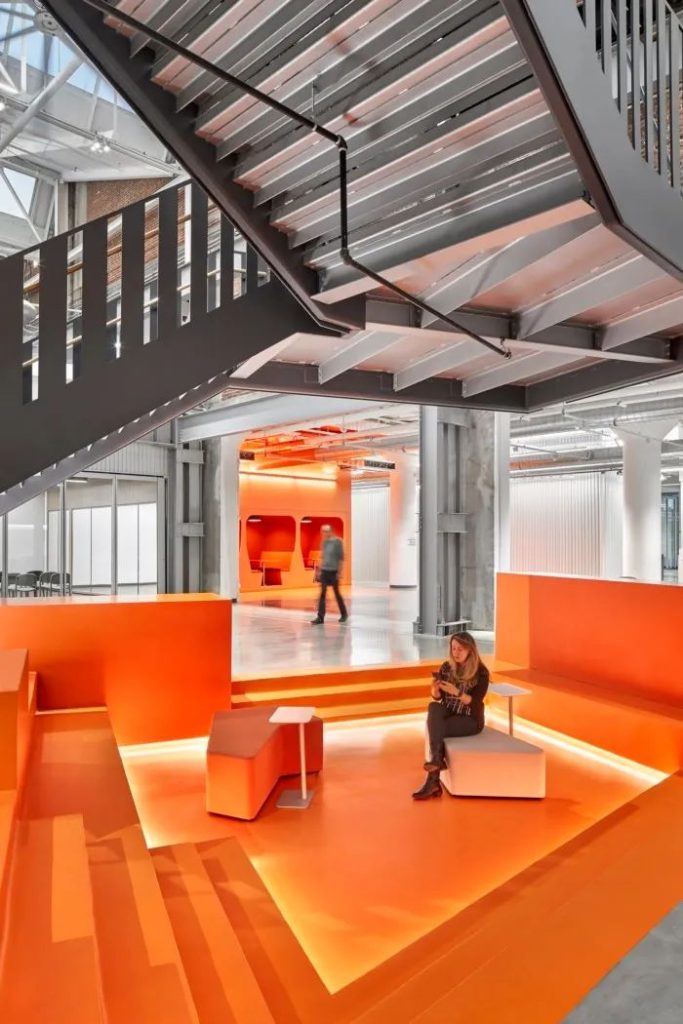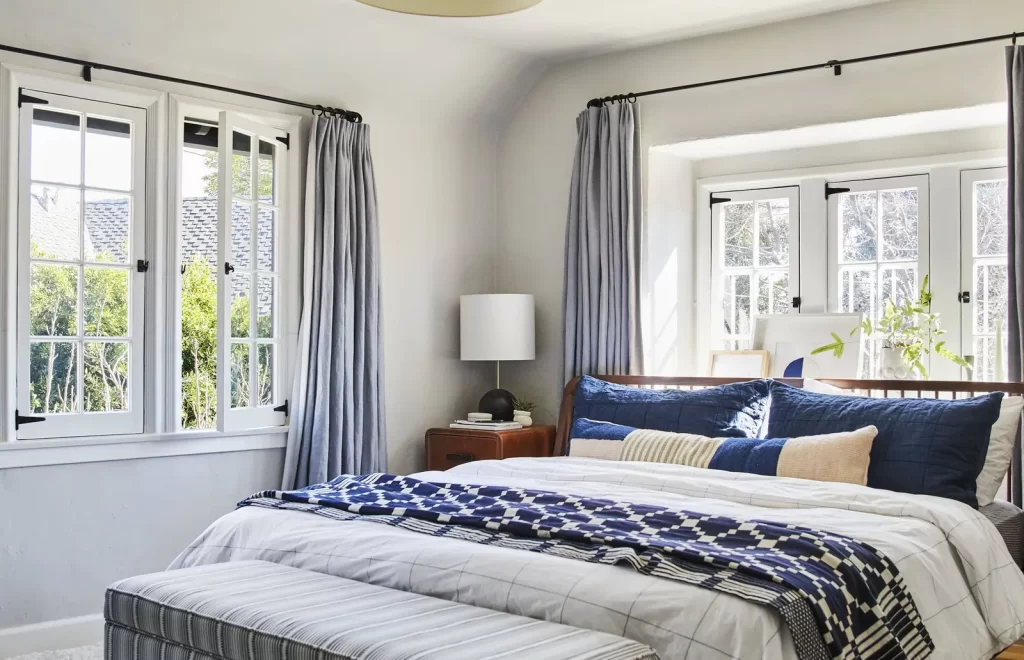Modern LED ceiling lamps represent a significant evolution in lighting technology, combining aesthetic appeal with functional efficiency. Unlike traditional incandescent or fluorescent lights, LED (Light Emitting Diode) lamps utilize semiconductor technology to produce light. This method not only enhances energy efficiency but also extends the lifespan of the lighting fixture.
The design of LED Hozo ceiling lamps has evolved dramatically over the years, with options ranging from sleek, minimalist designs to elaborate, artistic fixtures that serve as focal points in a room. The versatility of LED ceiling lamps is one of their most appealing features. They can be found in various shapes, sizes, and styles, making them suitable for any room in a home or office.
From flush mounts that hug the ceiling to pendant lights that hang gracefully, the options are virtually limitless. Additionally, many modern LED ceiling lamps come equipped with adjustable brightness and color temperature settings, allowing users to customize their lighting experience according to their needs and preferences. This adaptability makes them an ideal choice for both residential and commercial spaces.
Benefits of Using LED Ceiling Lamps
The benefits of using LED ceiling lamps extend beyond mere aesthetics; they encompass energy efficiency, longevity, and environmental impact. One of the most significant advantages is their energy efficiency. LED lamps consume up to 80% less energy than traditional incandescent bulbs, which translates into lower electricity bills for consumers.
This efficiency is particularly beneficial in large spaces or areas where lights are used frequently, such as kitchens or living rooms. In addition to energy savings, LED ceiling lamps boast an impressive lifespan, often lasting up to 25,000 hours or more. This longevity means fewer replacements and reduced waste, making them a more sustainable choice for environmentally conscious consumers.
Furthermore, LEDs emit very little heat compared to incandescent bulbs, which not only enhances safety but also reduces the load on air conditioning systems during warmer months. This combination of energy savings and reduced environmental impact positions LED ceiling lamps as a responsible choice for modern lighting needs.
Choosing the Right LED Ceiling Lamp for Your Space
Selecting the appropriate LED ceiling lamp for a specific space involves considering several factors, including the size of the room, the desired ambiance, and the existing decor. For larger rooms, such as open-concept living areas or expansive kitchens, it may be beneficial to opt for multiple fixtures or a larger statement piece that can provide adequate illumination without overwhelming the space. In contrast, smaller rooms may benefit from compact flush mounts or recessed lighting that maximizes headroom while still providing sufficient light.
Another critical aspect to consider is the color temperature of the LED lamp. Color temperature is measured in Kelvin (K) and can significantly influence the mood of a room. Warmer tones (around 2700K) create a cozy and inviting atmosphere, making them ideal for bedrooms and living areas.
Cooler tones (above 4000K) are more suitable for workspaces or kitchens where bright, focused light is necessary for tasks. Additionally, it’s essential to consider the style of the lamp in relation to existing decor; a modern fixture may clash with traditional furnishings, while a vintage-inspired lamp could enhance a rustic aesthetic.
Installation and Maintenance of LED Ceiling Lamps
Installing LED ceiling lamps can vary in complexity depending on the type of fixture chosen. Flush mounts and simple pendant lights typically require minimal installation effort and can often be completed by homeowners with basic tools and electrical knowledge. However, more intricate designs or those requiring hardwiring may necessitate professional installation to ensure safety and compliance with local electrical codes.
It’s crucial to follow manufacturer instructions carefully during installation to avoid potential hazards. Maintenance of LED ceiling lamps is generally straightforward due to their durability and long lifespan. Unlike traditional bulbs that may require frequent replacements, LEDs can last for years without needing attention.
However, regular cleaning is essential to maintain their brightness and appearance. Dust and grime can accumulate on the surface of fixtures over time, diminishing their effectiveness. A soft cloth or microfiber duster can be used to gently wipe down the lamp’s exterior without scratching or damaging it.
Additionally, checking connections and ensuring that fixtures are securely mounted can help prevent issues down the line.
Styling and Decorating with LED Ceiling Lamps
Incorporating LED ceiling lamps into interior design can significantly enhance the overall aesthetic of a space. The right fixture can serve as a statement piece that draws attention while also providing functional lighting. For instance, a large chandelier in a dining room not only illuminates the table but also adds an element of sophistication and style.
Conversely, minimalist flush mounts can create a clean and modern look in contemporary spaces. When styling with LED ceiling lamps, it’s essential to consider the overall theme of the room. In a bohemian-inspired space, colorful pendant lights with intricate designs can complement eclectic decor elements.
In contrast, industrial-style fixtures with exposed bulbs may suit a loft-style apartment perfectly. Layering different types of lighting—such as combining ceiling lamps with floor lamps and wall sconces—can create depth and dimension within a room while ensuring that all areas are adequately lit.
Energy Efficiency and Cost Savings with LED Ceiling Lamps
The energy efficiency of LED ceiling lamps is one of their most compelling selling points, particularly in an era where sustainability is increasingly prioritized by consumers. By consuming significantly less power than traditional lighting options, LEDs contribute to lower energy bills over time. For example, replacing a standard 60-watt incandescent bulb with an equivalent 10-watt LED can save approximately $100 in energy costs over the bulb’s lifetime when used for several hours each day.
Moreover, many utility companies offer rebates or incentives for consumers who switch to energy-efficient lighting solutions like LEDs. These programs can further offset initial costs and encourage homeowners to make the transition. The long-term savings associated with reduced energy consumption and fewer replacements make LED ceiling lamps not only an environmentally friendly choice but also a financially savvy one.
Incorporating Smart Technology with LED Ceiling Lamps
The integration of smart technology into LED ceiling lamps has revolutionized how we interact with our home lighting systems. Smart LED lamps can be controlled via smartphone apps or voice-activated devices like Amazon Alexa or Google Assistant, allowing users to adjust brightness levels, change color temperatures, or set schedules from anywhere in their home or even remotely. This level of control enhances convenience and allows for greater customization based on individual preferences.
Additionally, many smart LED ceiling lamps offer features such as dimming capabilities and color-changing options that can create different moods throughout the day or for specific occasions. For instance, homeowners can set their lights to a warm glow during dinner parties or bright white light during work hours. The ability to integrate these fixtures into broader smart home systems means that users can synchronize their lighting with other devices—such as thermostats or security systems—creating a cohesive and efficient living environment.
Trends and Innovations in LED Ceiling Lamps
The landscape of LED ceiling lamps is continually evolving as technology advances and design trends shift. One notable trend is the rise of minimalist designs that emphasize clean lines and simplicity. These fixtures often feature geometric shapes and neutral colors that blend seamlessly into modern interiors while providing effective illumination without being obtrusive.
Another innovation in this field is the development of tunable white LEDs that allow users to adjust not only brightness but also color temperature throughout the day. This feature mimics natural daylight patterns, promoting well-being by aligning indoor lighting with circadian rhythms. Additionally, advancements in materials have led to more sustainable options being available on the market; manufacturers are increasingly using recycled materials in their products while ensuring that they maintain high performance standards.
As consumer preferences continue to evolve towards sustainability and smart technology integration, manufacturers are likely to respond with even more innovative solutions that cater to these demands while enhancing both functionality and style in modern lighting design.


